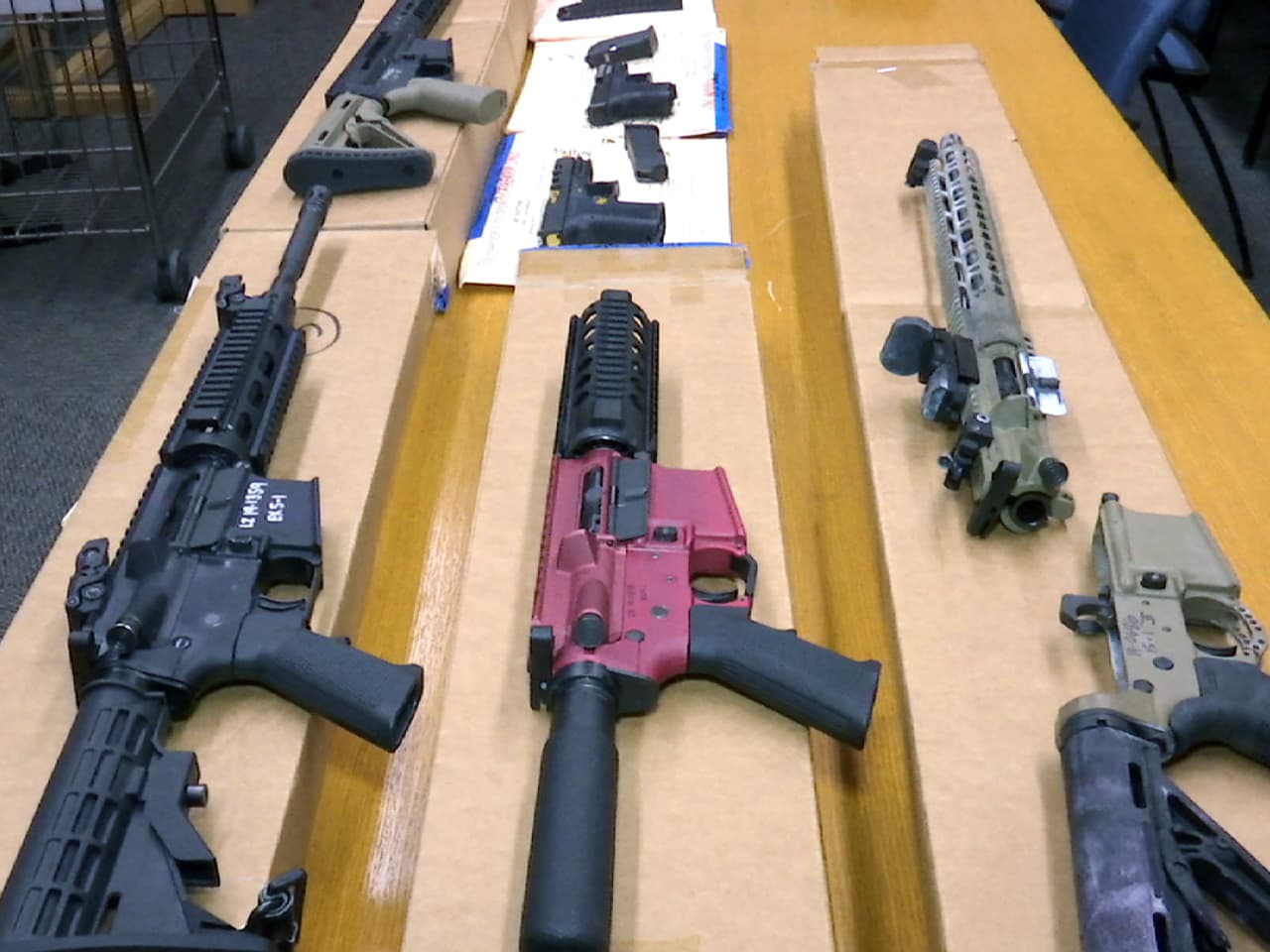No matter if you’re an professional or amateur shooter, the optic’s components are essential to getting the most out of your shooting. It is essential to know the ins and outs of each component to be able to shoot at your best with every shot.
Optic Parts: Recognizing Their importance in shooting Sports
An accurate firearm is necessary for shooting sports like hunting, competition shooting , or casual plinking at the range. Optic parts are a component that is often ignored however, they are essential to precision and precision. Optic parts are also referred to by sights and can be fitted to firearms to improve precision and efficiency. This article will discuss the advantages and significance of optic parts and how they can enhance your shooting abilities.
What Are Optic Parts?
Optic parts allow shooters to focus their guns with greater accuracy. Optic components come in a variety of types, including iron sights, red dots, holographic sight as well as magnified scopes and the holographic sight. Each kind of optic has its own unique advantages and benefits. The type of optic you select will depend on the shooting style you prefer.
Iron sights are the most basic type of optic part and are usually found in traditional firearms. The sights are comprised of front and rear sighting post. The shooter is able to align them to aim for the target. The red dot sights create the reticle appear to be dots on a lens using a small LED. These sights are well-known due to their speedy acquisition of targets as well as their ease of use. Holographic sights produce an illusion using a laser. They are often used in military and tactical uses. The magnified scopes are outfitted with lenses that magnify the target to make it easier to target at longer distances.
Why are Optic Parts important?
Optic parts are vital as they permit shooters to focus more precisely and effectively. Optic parts enable shooters to focus with greater precision especially at greater distances. Optic parts speed up target acquisition , which allows shooters to aim quicker and with greater accuracy. Optic parts are crucial for tactical and hunting situations, since they aid in improving the accuracy of shooting in low light conditions.
The Optic Parts That Work
The most effective way to improve your shooting skills is to utilize the correct optic parts. There are several aspects to take into consideration when choosing an optic part, including your shooting preferences, budget, and firearm type. Additionally, you should consider the magnification and the type of reticle.
Magnification refers to the zoom the optics component offers. Magnified scopes can be used for long-range shooting because they enable the shooter’s accuracy for targets up to hundreds of yards from the target. However, magnified scopes might not be the best choice for shooting at close distances. Most popular among tactical shooters are green and red dots sights. They can be used for fast target acquisition and close-range shooting.
It is essential to consider the type of reticle that you choose when selecting an optics component. Reticles of different types can be used for different shooting conditions. For example, a simple crosshair reticle is suitable for target shooting, while the BDC (bullet drop compensating) reticle is suitable for shooting at long distances.
Upkeep of Your Optic Parts
Once you have selected the optics you want It is vital to keep them in good condition. Regular maintenance will ensure that your optic parts remain accurate and reliable for many years to come. Cleaning the lenses and examining the zero are some of the essential maintenance tasks. Proper storage is also crucial.
It is important to clean the lenses in order to ensure that your optics parts create a clear, precise image. To clean the lenses make use of a microfiber cloth as well as a solution for cleaning the lens. Avoid paper towels that are rough because they could scratch the lenses.
You can examine the zero position of your optic components to make sure that they’re still in proper alignment. Recall that over time, the alignment of your optic components can be altered by recoil or other causes. Take a few shots at the target to determine the zero, and then alter the parts of the optics as needed.
For more information, click Gun Parts
